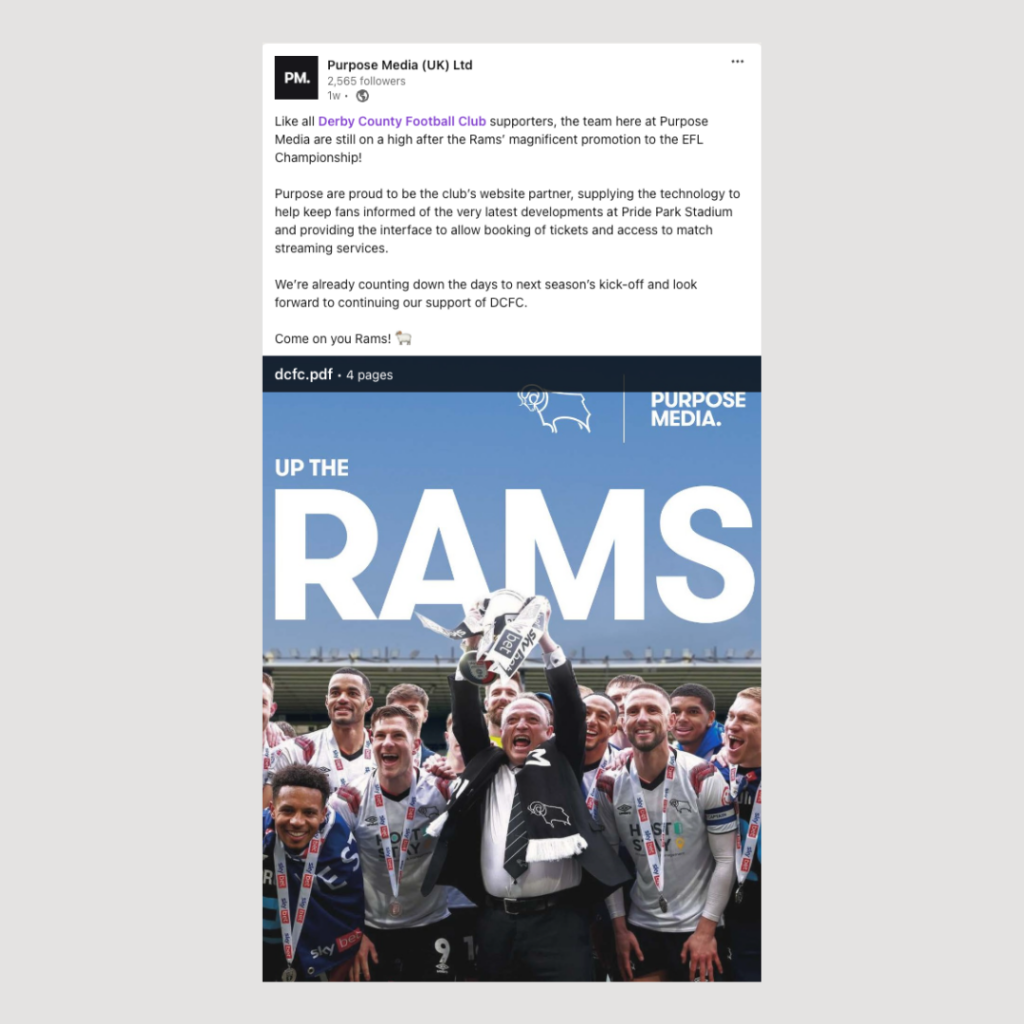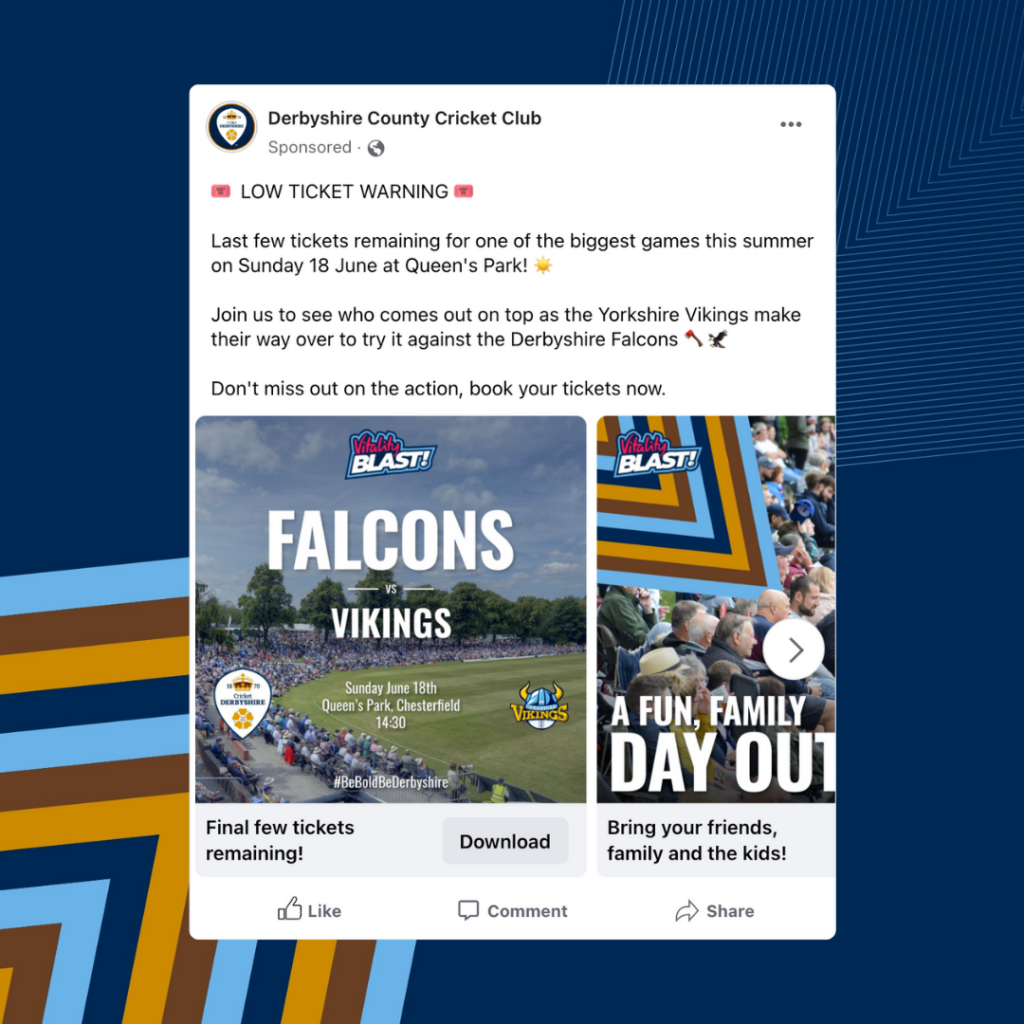How organic and paid social media should fit into your marketing strategy

So, how do businesses, particularly those with limited marketing expertise, develop strategies to exploit this opportunity?
Their thinking will certainly need to encompass both organic and paid social media marketing.
But what do these terms mean and how can each – or a combination of the two – help companies achieve their goals?
There are two main types of social media marketing: paid and organic. While they differ, both are crucial to your marketing strategy, and many marketers find that combining them often yields the best results.

Organic social media refers to using free tools provided by social media platforms to build and engage with an online following.
This includes creating and sharing posts, responding to comments, engaging with followers, and participating in relevant conversations.
Key characteristics:
If you’re looking for tips on optimising your organic social media efforts, check out our essential social media checklist below.

Paid media refers to content promoted through paid placements, such as PPC, pop-ups and paid social media to promote content, products, or services.
Paid social media is a form of advertising that takes place on channels such as Meta, LinkedIn and X and is typically used to reach a broader audience than organic content alone, as it appears in feeds of users who are not necessarily already aware of, or engaging with, your outputs.
Key advantages:
The choice between organic and paid social media depends on your business goals, audience, budget and the resources you have available.
A combination of both organic and paid social media may be the most effective way to achieve your marketing and social media goals. It can help:
When integrating organic and paid social media, here are some things to consider:
For each piece of content you produce, whether paid or organic, always keep the purpose at the forefront of your mind. This could be directing your audience to a new product, signing up for emails, or encouraging them to get in touch.
Maintain a consistent look and message across all content. Paid ads should resemble your organic content but aim to attract new customers, ensuring a cohesive brand experience.
Leverage analytics from both organic and paid campaigns to refine your strategies. Use insights from organic engagement to inform your paid campaigns and vice versa.
Use paid media to retarget users who have engaged with your organic content, reinforcing your messaging and nudging interested users down the conversion funnel.
Repurpose well-performing organic content for paid ads, as this has been tried and tested with your target market. Additionally, repurpose content across different platforms to expand your reach.
At Purpose Media, we can help you with both organic and paid social media strategies to ensure a comprehensive and effective approach.
Recently, we helped our client S O’Brien Heating Solutions with a paid and organic social media marketing strategy, supported by other digital marketing outputs.
In the last nine months, our combined social media efforts generated more than 1.75 million impressions and reached over 200,000 people in Derbyshire.
If you’re looking to build brand awareness, promote key services or products and maximise reach, speak to us today.
Get in touch today if you’re looking for support with your organic and paid social media strategy.